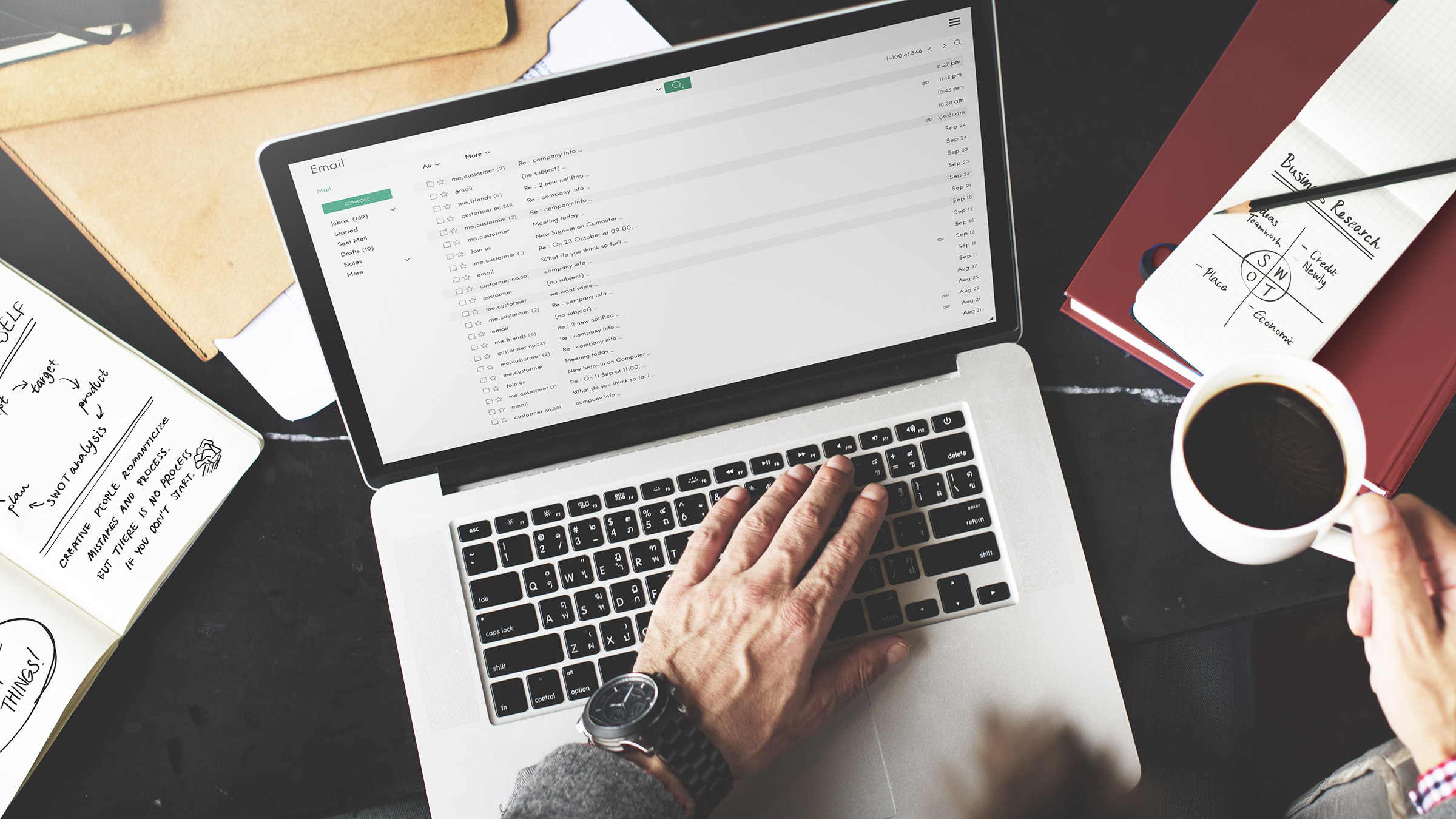Apr 23, 2019
9 Things All Good Emails Have in Common
SkillPath Staff
The average U.S. worker receives around 125 emails every day. They send another 40, and spend more than a quarter of their average workday sending and receiving email. Most are easily recognizable and can be archived or deleted without much more than a moment's thought. However, the emails that require our attention are more likely to get a response based on how well they’re written.
The rules of writing effective business emails have evolved. Unintentionally rambling or sloppy emails keep us from getting our messages across. They can confuse, annoy or cause our recipients to delay responding.
Ensure that your workplace emails achieve what they’re meant to achieve. Start by considering whether they’re necessary. Confidential, emotional or complicated information is best handled in person or by phone where you have visual or verbal cues to help with understanding.
For the messages you decide to send, organize your thoughts before you write.
Here are a few tips for writing stronger business emails:
- Create a descriptive subject line. Don’t be vague. When recipients are doing email triage, they’re scanning subject lines. Make yours count by being specific. Instead of writing “Newsletter” write “Newsletter changes for April 20 delivery.” If that first email leads to a discussion that evolves as it progresses, change the subject line. Also consider if the subject line will work in place of an introductory sentence. This also makes it easily searchable later.
- Be concise. Email is meant to be read quickly. Use organized, active voice language. And try to keep the email to three sentences or less. Don’t load one email with multiple assignments and topics that require readers to refer to repeatedly or decipher which parts are meant for them. If you must include multiple points, number them and tell the reader upfront how many there are.
- Be clear. Words are only a small part of communication. Without facial expressions, tone of voice and body language, email is open to misinterpretation. Leave no room for error by making sure there’s only one way to interpret what you’re saying. “Fine,” “Let me clarify …” and “Since I’ve been unable to reach you by phone …” are phrases that can seem passive aggressive to your reader. In your effort to save yourself some time, don’t skip context and add a bit of humanity.
- Get to the point right away. Tell your reader what’s going on, how that needs to change and what you need from them. And remember to tell them when you need it (or if there’s no rush or response needed). If you want to add pleasantries, include them after you’ve made your point. “Thanks again for your help on this.”
- Be polite. There’s a difference between concise and blunt. Choose words that soften what you say, such as “thank you” or “I appreciate …” Also, if you’re angry while writing, pause and reread before hitting send.
- Avoid jargon. Is it possible your email will be forwarded? Keep in mind that even though the original recipient may know what you mean, others down the line may not.
- Make your email format easy to read. Leave white space. Keep paragraphs short. Use bullets or bold text where it might help with readability. Avoid fancy fonts.
- Attach necessary documents rather than pasting them into the email. Attachments take up space, so only include relevant documents. But, attaching them helps keep your email brief and enables the reader to save them for later reference, rather than needing to access the original email repeatedly.
- Proofread your emails. Even though you’re busy, take the time to check your email before you send it. Does it have the right tone? Is it clear? Is it too wordy? Is the attachment included? Are there typos? Error-free communication is more powerful.
Clear emails are the result of clear thinking and focus on the recipient. There’s an estimated 300 billion email messages sent every day. A large part of these might have worked better as conversations. And many are unnecessary or confusing.
Take time to tighten and clarify your writing so email readers can easily understand and respond.
SkillPath Staff
Latest Articles
Article Topics
